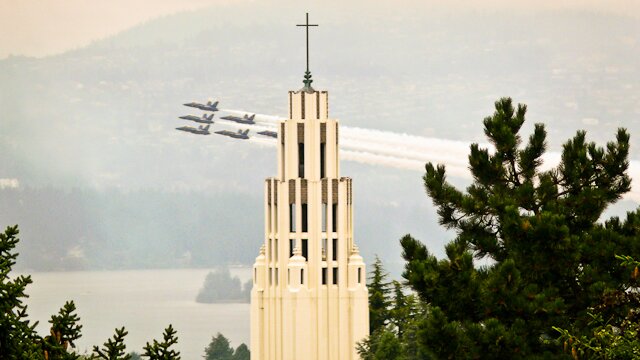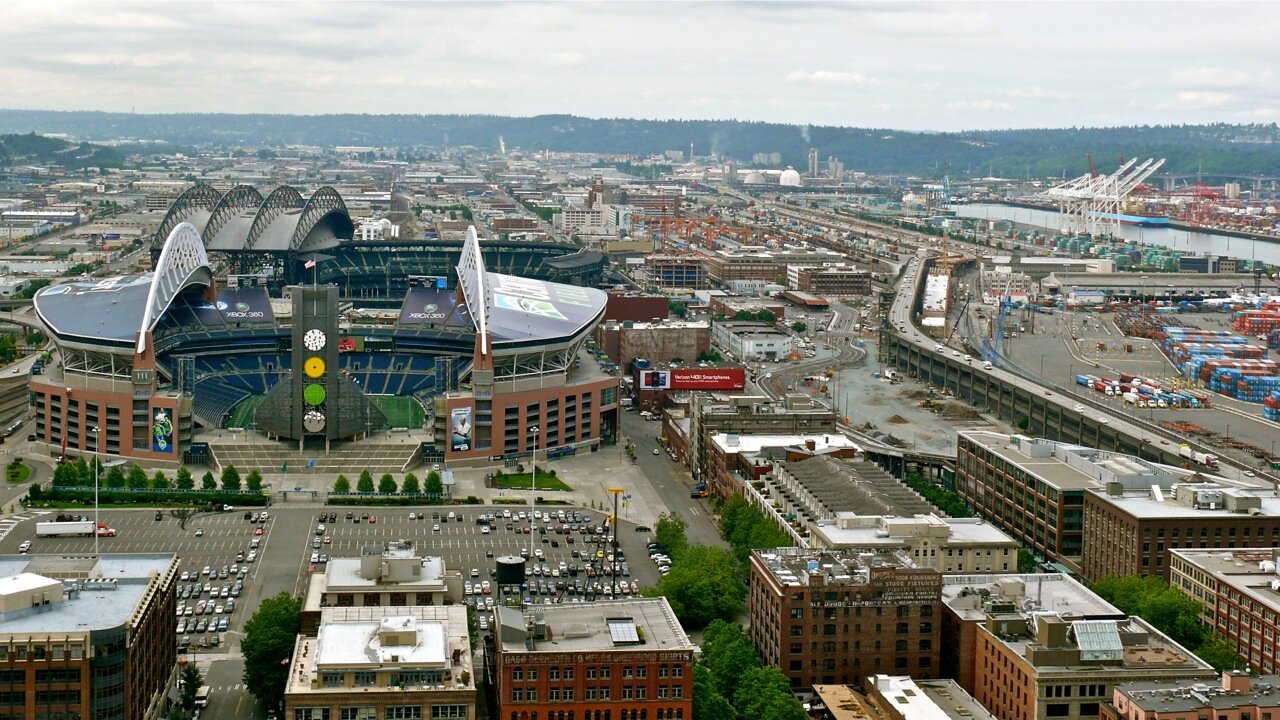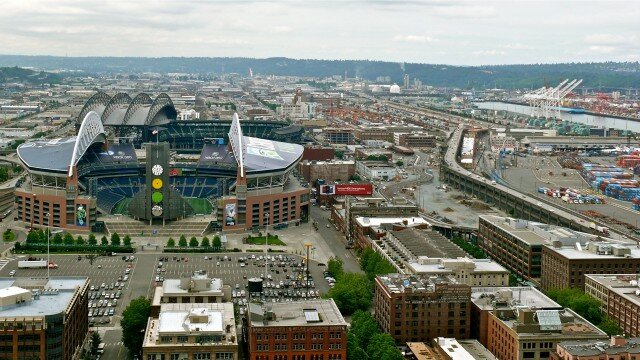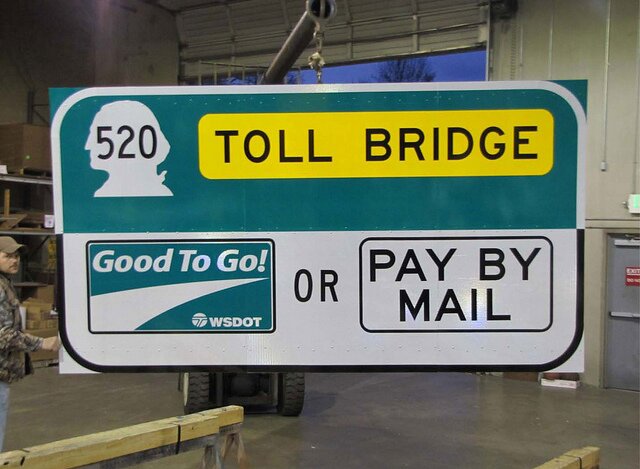The Blue Angels are back in Seattle this week, and ready to rumble their way through their annual Seafair air show. I-90 will be closed several times this week for practice runs, and again this weekend for the full shows, 12:45 to 2:40 p.m. (The 520 floating bridge will remain open, ready to collect tolls from you I-90 shunpikers.)
Every year, a certain number of Seattle residents wince at the first flight, many apparently residents of Capitol Hill. For various reasons–War machines! Scared pets! Migraines! Jet fuel smog! Wait, I-90 is closed?!–the shriek of F/A-18 Hornets sets their nerves on edge, to such an extent that even reminding them how much money Boeing makes from constructing these things doesn’t help. (A: $30 to $60 million per.)
Polite suggestions to bring the Blue Angels back at less-than-annual increments have so far fallen on sound-of-freedom deafened ears. So, how to cope. The first thing that will help take the edge off is earplugs. We’re going to recommend Hearos Ear Plugs (for which we receive no compensation) because they are incredibly soft and offer Extreme Protection. You can get them at most drugstores, including Walgreen’s.
NB: Many people think that ear plugs don’t work for them because they haven’t learned how to insert them properly. You want to roll your foam earplug between your fingers, squishing it into a thin cylinder, then poke it into your ear canal, and let it expand. Don’t push it in so far you can’t pull it back out, of course, but make sure the plug isn’t sitting loosely. (Sometimes it helps to reach over the top of your head with your opposite arm and pull up on the top of your ear as you insert the plug.) If it’s seated correctly, in just a few seconds the world will mute for you.
How do noise-canceling headphones work on this non-ambient noise? Anything that reduces outside noise has got to help somewhat.
There are also pet earplugs. Foam earplugs that are sized for children will do in a pinch for cats, or you could try a cotton ball. Perhaps you and your dog might like some calming music instead? Pharmaceutical help is also available.
However, if you can’t block out your involuntary airshow, we recommend not trying to soldier through it, trying to ignore the disruption. That’s stress amplifying. You can give in, and grudgingly watch for glimpses, or manufacture an errand that doesn’t require applied concentration, during the times listed below. Take a page from history, and shelter in a bunker of sorts: a movie theater, a basement, anything with soundproofing. Have you ever taken the Seattle Underground tour? How about holding that meeting in the lowest level of a parking garage? Be creative.
- Thursday, Aug. 2
(Two separate bridge closures, during which pilots will practice maneuvers and become familiar with area geography)
First Closure: 9:45 a.m.-12 p.m., Second Closure: 1:15 p.m. – 2:30 p.m. - Friday, Aug. 3- 12:45 p.m. – 2:40 p.m. (practice show)
- Saturday, Aug. 4- 12:45 p.m. – 2:40 p.m. (full show)
- Sunday, Aug. 5- 12:45 p.m. – 2:40 p.m. (full show)







